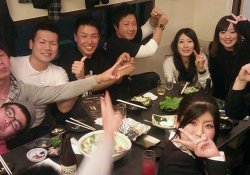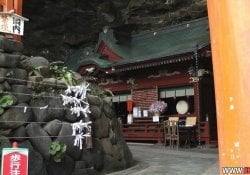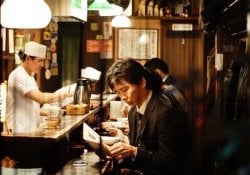Sakurajima, um dos vulcões mais ativos e notórios do Japão, está localizado na província de Kagoshima, na ilha de Kyushu. Este impressionante vulcão é um ponto central na paisagem local e um ícone de forças naturais poderosas que caracterizam a região.
Sakurajima é uma presença constante na vida dos moradores locais e um ponto de atração para turistas de todo o mundo. Este artigo explora a história, a atividade vulcânica e o impacto turístico de Sakurajima, fornecendo uma visão abrangente deste fenômeno natural impressionante.
Índice de Conteúdo
História Geológica e a Grande Erupção de 1914
Sakurajima tem uma história rica e turbulenta. A mais significativa das suas erupções ocorreu em 1914 e foi uma das erupções vulcânicas mais violentas do século 20 no Japão. Este evento transformou a geografia local, conectando a então ilha de Sakurajima ao continente através de um istmo formado pela lava solidificada.
Desde então, Sakurajima deixou de ser uma ilha para se tornar uma península, mas isso não diminuiu sua atividade. Continua sendo um dos vulcões mais ativos do Japão, com frequentes pequenas erupções que são cuidadosamente monitoradas por cientistas.
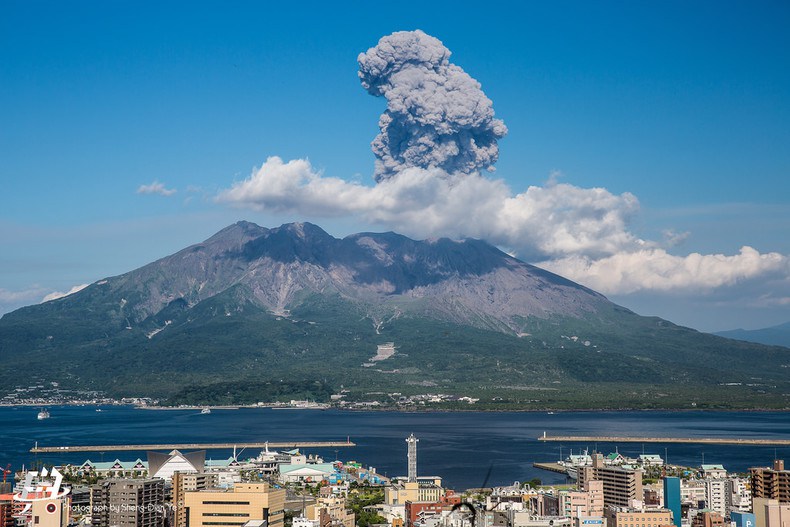
A Atividade Vulcânica Contínua
Sakurajima não é apenas famoso por sua história, mas também pela sua atividade contínua. O vulcão está em um estado de erupção quase constante desde 1955, com suas cinzas vulcânicas afetando regularmente a área circundante, incluindo a cidade de Kagoshima.
These frequent eruptions, although usually small, are a constant reminder of the power of nature and the need for continuous vigilance.
Impacto Turístico
The volcano is an important tourist destination, attracting visitors interested in getting up close to its spectacular eruptions and the unique landscape it creates.
The place offers spectacular views, especially from the Yunohira observatory, which allows visitors to see the volcano from a safe point.
In addition, the region is known for its natural hot springs, fed by the geothermal activity of the volcano, providing an ideal relaxation after a day exploring the area.
The article is still halfway through, but we recommend also reading:
Impacto Ambiental e Agrícola
The volcanic activity of Sakurajima has a profound effect on the local environment. Volcanic ashes, although challenging for residents, enrich the soil with minerals that are beneficial for agriculture.
The region around Sakurajima is known for its agricultural products, especially the giant daikon (radishes), which are a local specialty. However, wildlife and plantations need to be carefully managed to protect against the adverse effects of frequent ash falls.
The presence of an active volcano like Sakurajima creates a unique habitat for various forms of life. The areas around the volcano are home to endemic species that have adapted to the local conditions. Protecting this biodiversity is crucial, especially as volcanic activity continues to alter the habitat. Conservation programs and ecological studies are essential to understand and mitigate the environmental impacts of volcanic activity.
Vida com Sakurajima
Living near one of the most active volcanoes in the world has its challenges. The residents of Kagoshima and adjacent areas are accustomed to frequent ash rains and eruption alerts.
The local community and authorities are well prepared to deal with the risks associated with volcanic activity, with evacuation plans and safety measures in place to ensure that everyone is safe in case of a major eruption.
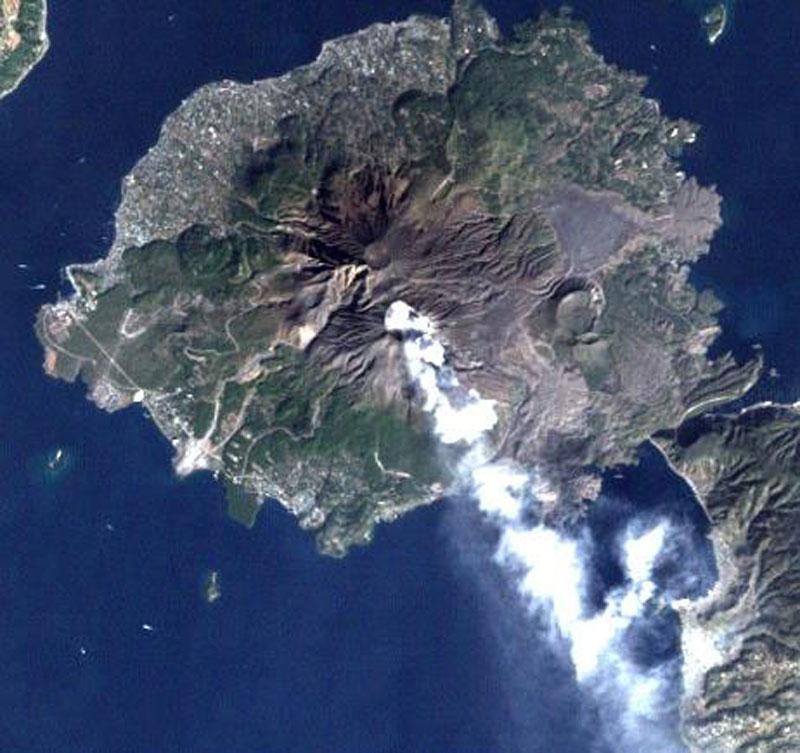
Conclusion
Sakurajima is more than a volcano; it is a symbol of the interaction between humanity and nature, a reminder of the indomitable force of the Earth, and a testimony to human resilience. For Japan, Sakurajima is not just a natural wonder, but also an integral part of the cultural and natural identity of the Kagoshima region.
Through tourism and constant observation, Sakurajima remains both an attraction and a challenge, representing the dynamism and dangerous beauty of the natural world.



